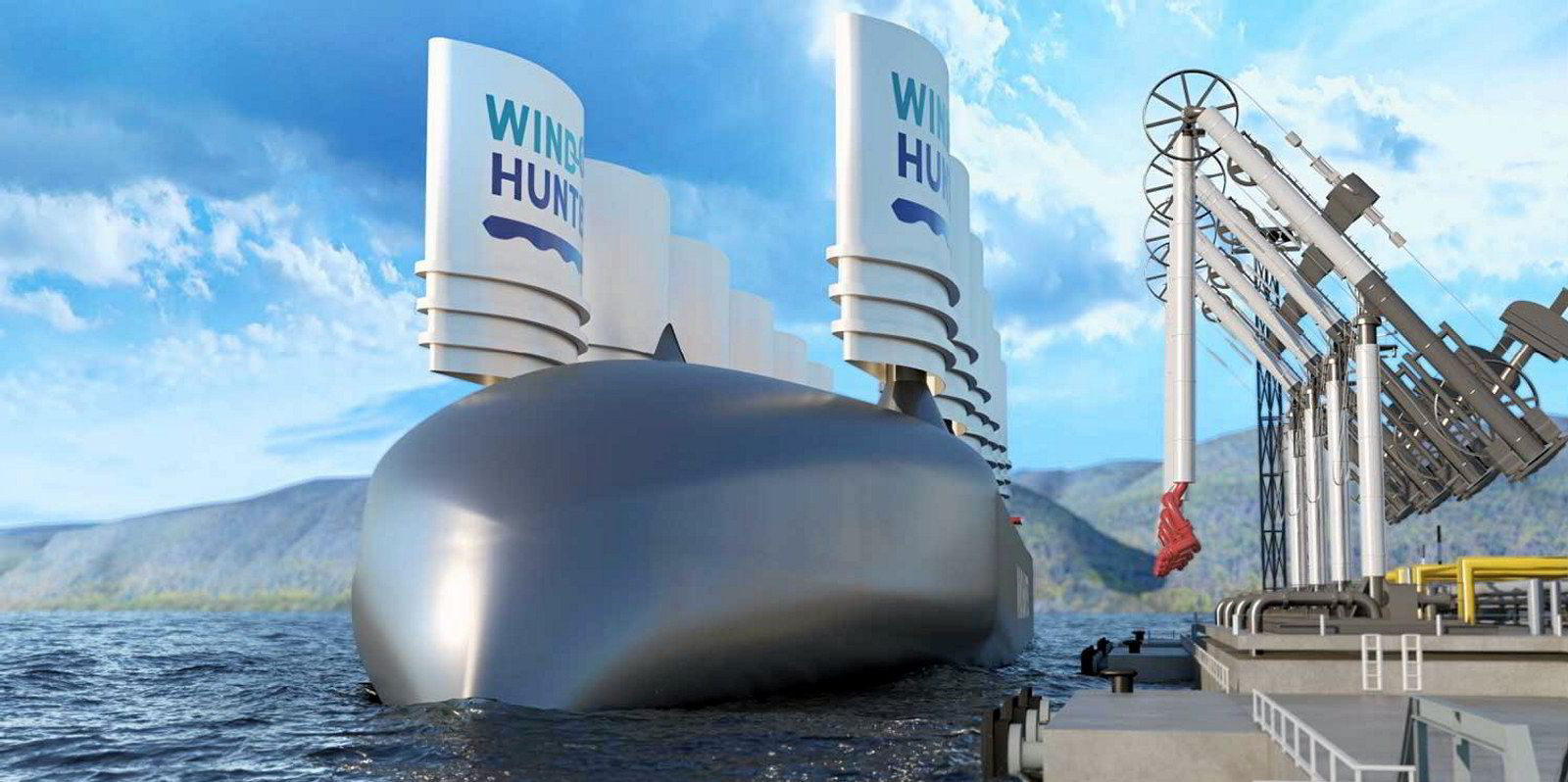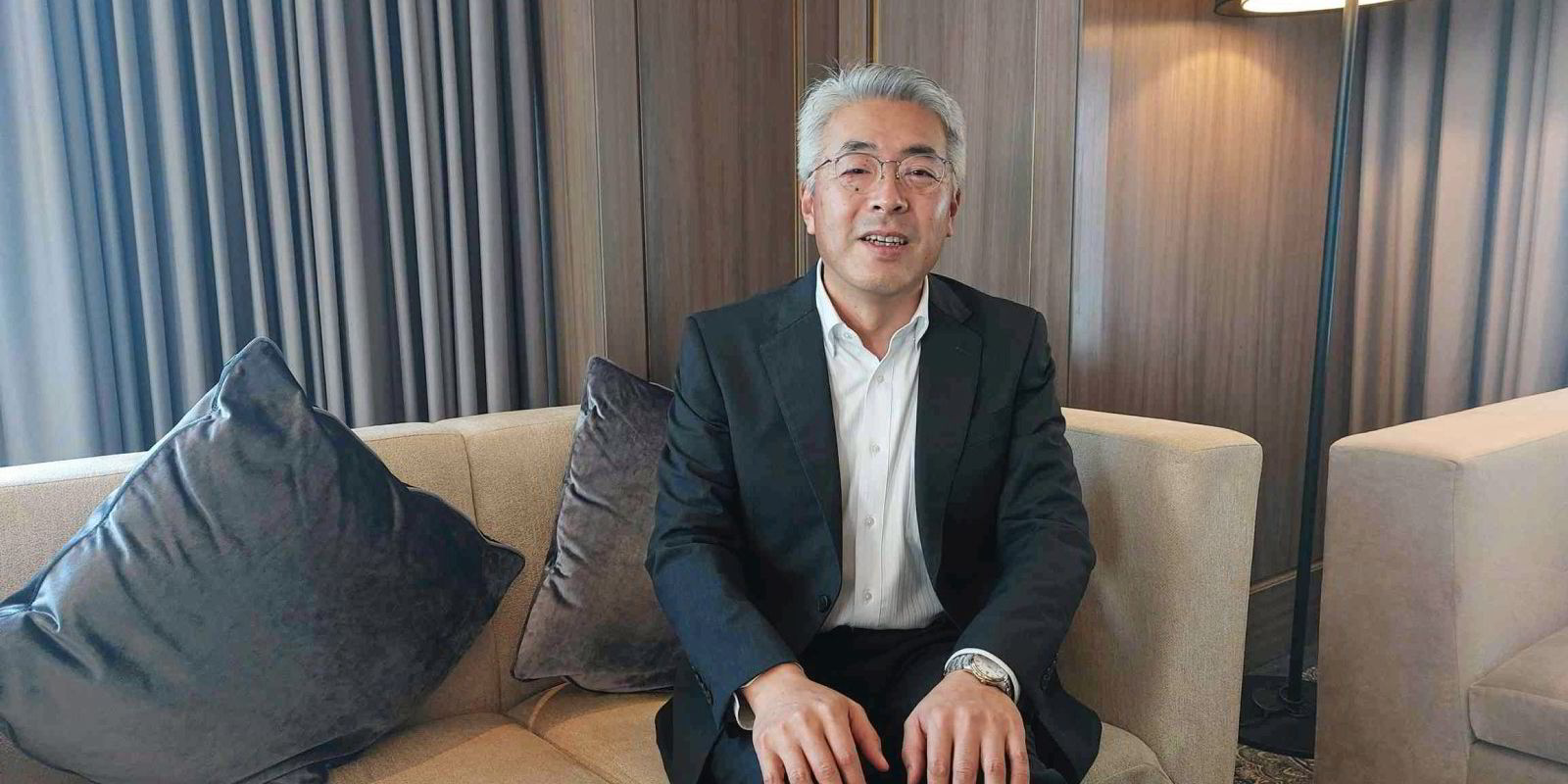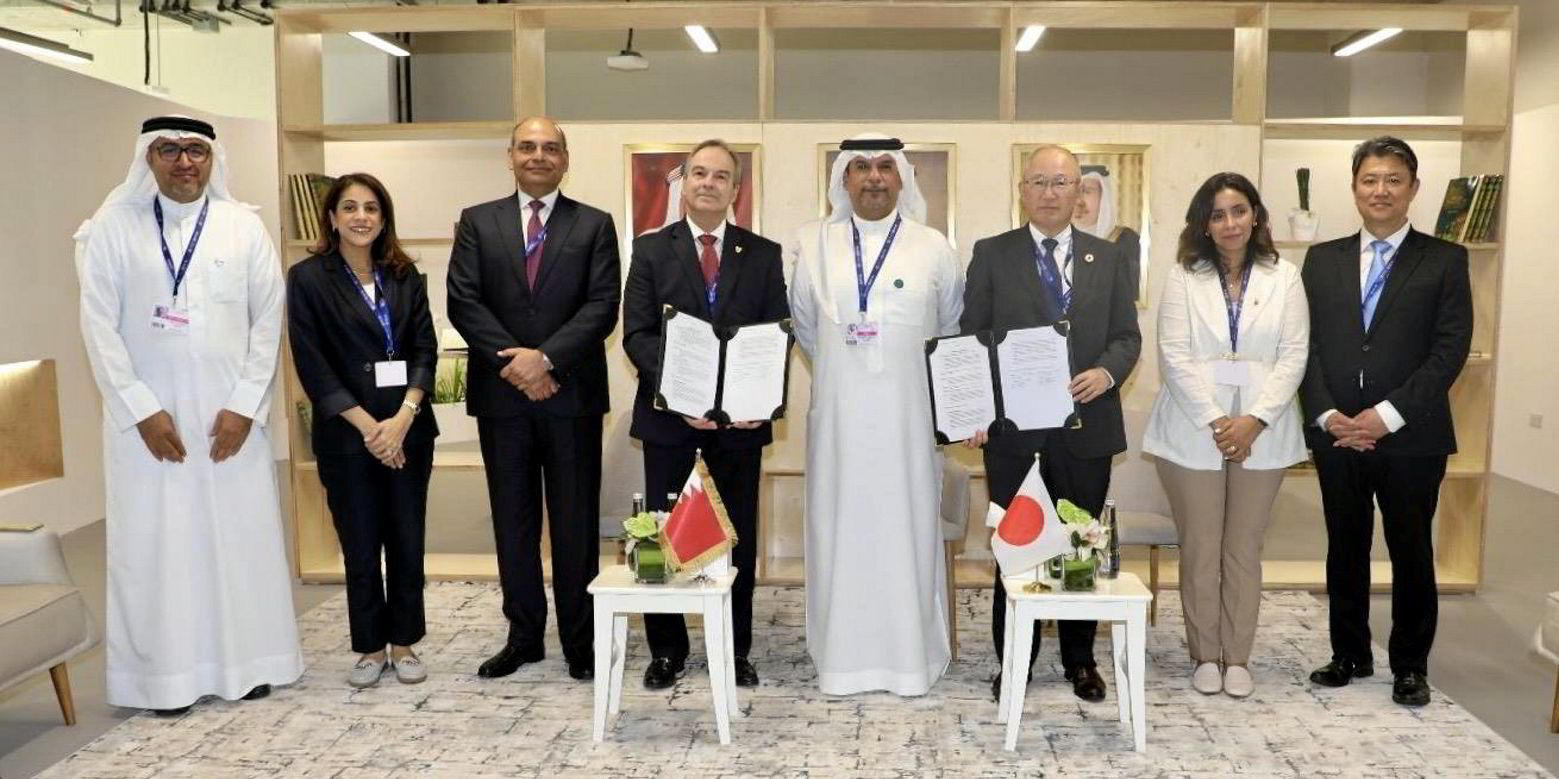It is the ultimate expression of green shipping: a flotilla of unmanned vessels sent off to hunt and gather the strongest winds before delivering the resulting clean hydrogen to shoreside centres for clean projects on land.
Far from being a pipe dream, the Japanese shipowner Mitsui OSK Lines is quietly working on an early version of an ambitious project that is looking to turn shipping from being a major source of carbon emissions to a clean energy provider.
Senior executive Tatsuro Watanabe told TradeWinds that the company had been planning to build a zero-emission cargo carrier by 2030 but has now tweaked the project to focus on turning the prototype ‘Wind Hunter’ into a green energy generator.
The effort is still in its infancy, but early testing of the system on a yacht is being assessed while the company is planning the construction of a 60-metre hydrogen-producing vessel with multiple sails as early as 2024 to expand the project.
“One of the final goals is the combination of Wind Hunter and autonomous navigation so an unmanned Wind Hunter can sail in the sea with strong wind, gain the hydrogen then come back to the port and deliver it,” he told TradeWinds at the COP28 climate change summit in Dubai.
“It’s a bit deviated from our original announcement ... we still keep our goal to deploy a pure net zero emission cargo ship by Wind Hunter, but we would like to concentrate our efforts on enhancing the level of the technology to be a green hydrogen producer at sea.”
MOL is a prominent member of the First Movers’ Coalition of shipping companies that have pledged to power at least 5% of deepsea shipping with zero-emission fuels by 2030.
The organisation is at the forefront of developing wind energy with its Wind Challenger telescopic sail system fitted to the 100,422-dwt coal carrier newbuilding Shofu Maru last year.
MOL said the fully-automated telescopic system is a world first with a 15-metre-wide sail that is able to rise to 53 metres when fully extended. A second vessel is under construction.
The Wind Challenger and Wind Hunter were put on display at the Japanese pavilion at COP28, and the two projects represent two different stages of the company’s work on wind-assisted shipping.
The Wind Challenger is already delivering 5% to 8% cuts to shipping emissions working long-haul trades, and the company has a target for the sails to be fitted on 80 of its ships by 2035. But the Wind Hunter remains a project at the dawn of its development, and the prospects of success remain unclear.

The system uses wind and sails to propel the vessel, which in turn spins a fitted underwater turbine to create energy. That is electrolysed and stored as high-quality hydrogen, which can be used to turn an electric propeller if the wind dies down.
When enough has been collected, the vessel returns to port for discharge. The studies will assess how effective the systems can be and whether they can produce enough clean energy to make it worthwhile.
But Watanabe, the company’s chief environment and sustainability officer, said the craft, unlike floating windfarms, could move quickly and with ease to areas with the highest wind.
Asked if the natural conclusion was a fleet of power-generating craft operating in high wind zones, he said: “It’s a possibility.”
Wind-assisted projects fitted to newbuilds or through retrofits that cut fuel use are seen as attractive to the industry as the price of new fuels is set to be more than double over current conventional marine fuels.
Watanabe said MOL had received interest from other shipping companies for its Wind Challenger system but the need to coordinate with shipyards and manufacturers meant there was likely to be a “bottleneck” as the industry expands its wind ambitions.

There are currently 31 large oceangoing vessels that have wind-assist technology systems, according to the International Windship Association, which promotes the technology. It has issued an open letter to heads of state and delegates at COP calling for them to recognise the role of wind-powered shipping in talks in Dubai.
Big jump
“It’s a big jump, a long journey,” Watanabe said. “But my observation is that this is just the dawn in the field of wind-assist devices.
“Shipping companies, and the entire human society, needs the support of wind assist in achieving the net-zero goal.”
Read more
- Green Power: Takeshi Hashimoto is MOL’s man with a mission
- Australia Pacific LNG exports halted as MOL and Cosco-owned carrier breaks down in port
- MOL joint venture orders second CSOV at Damen Shipyards
- In pictures: TradeWinds forum in Tokyo tackles pathway to net zero
- MOL turns to AI to fight car carrier fires




